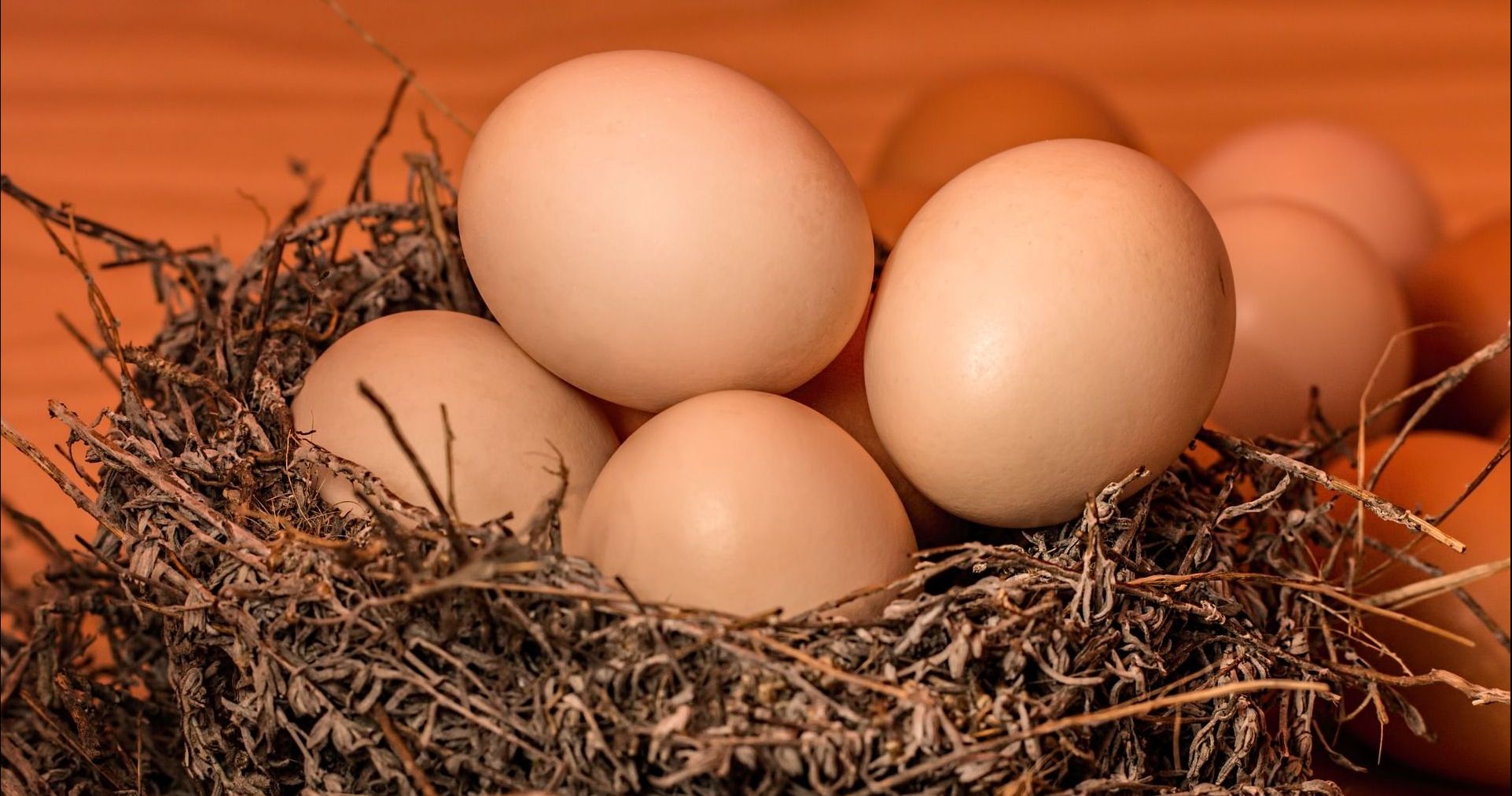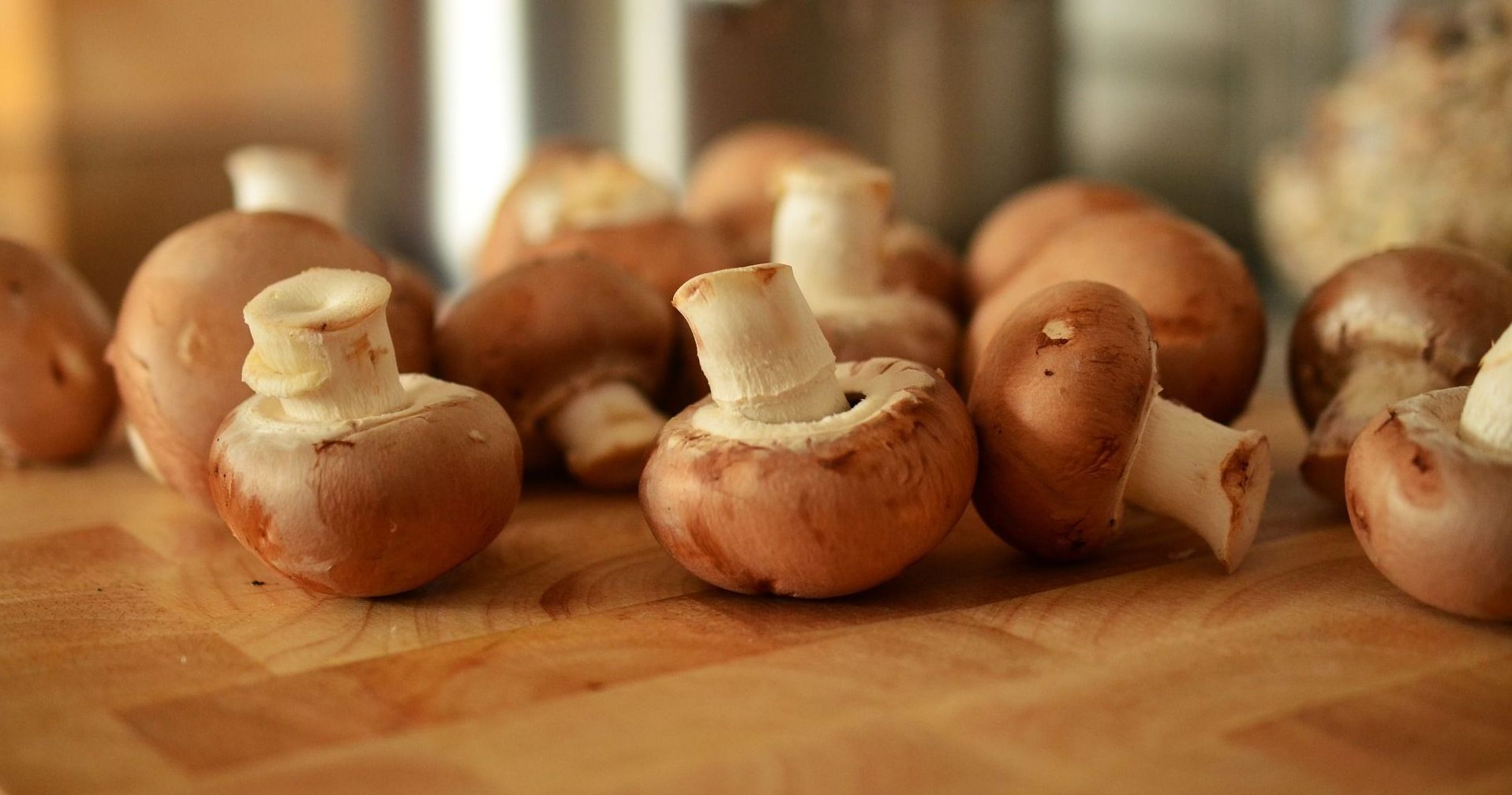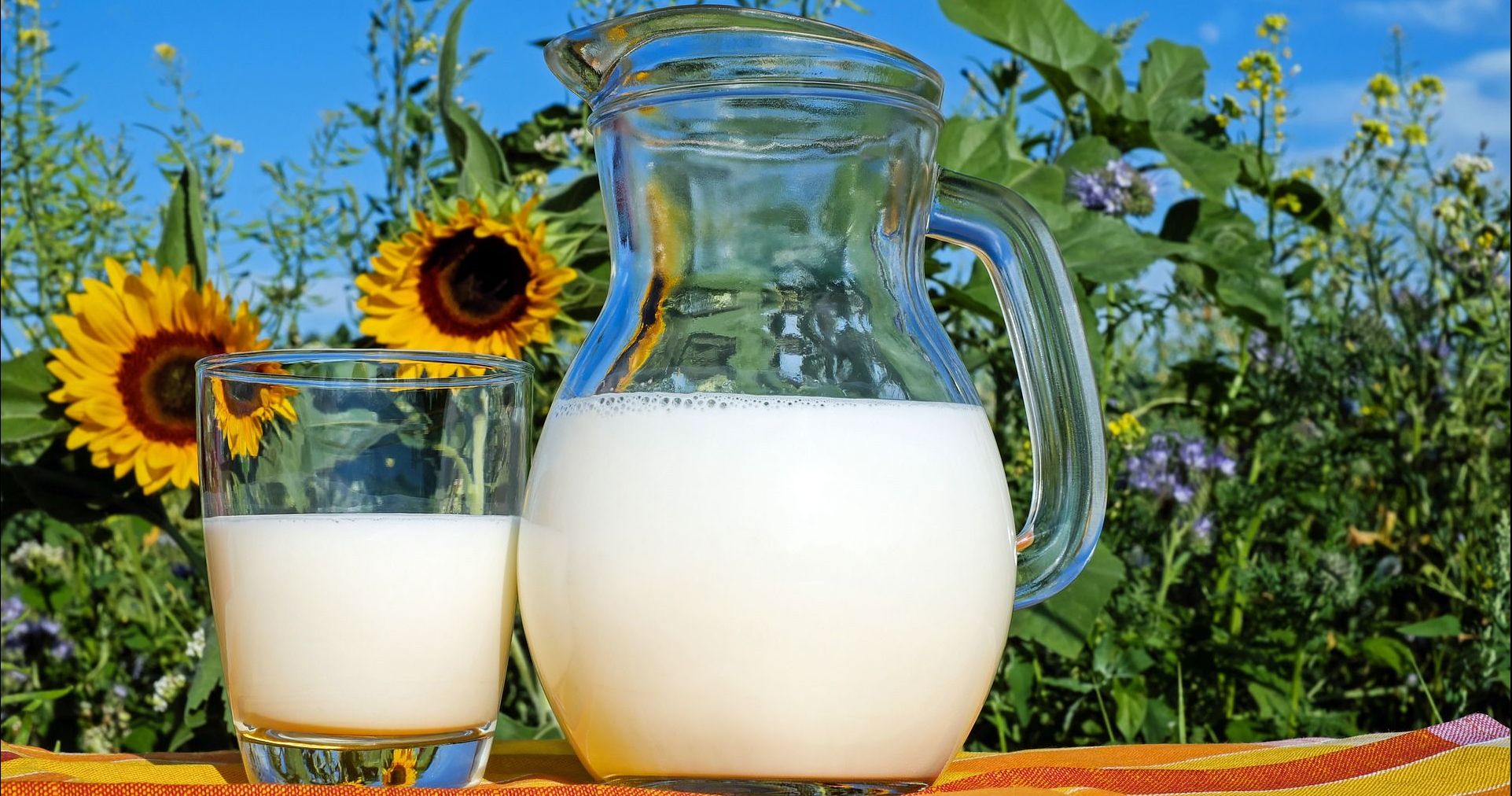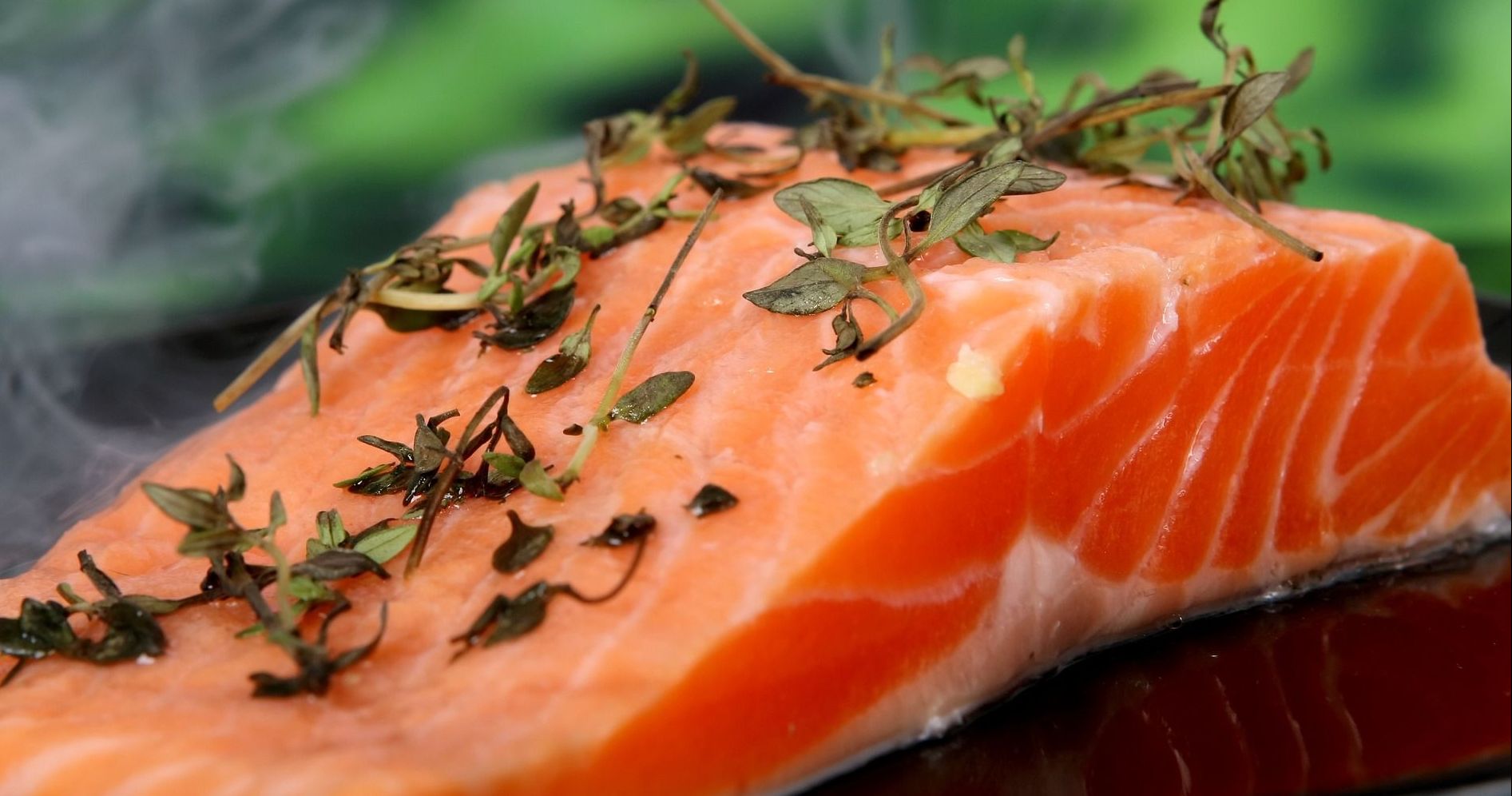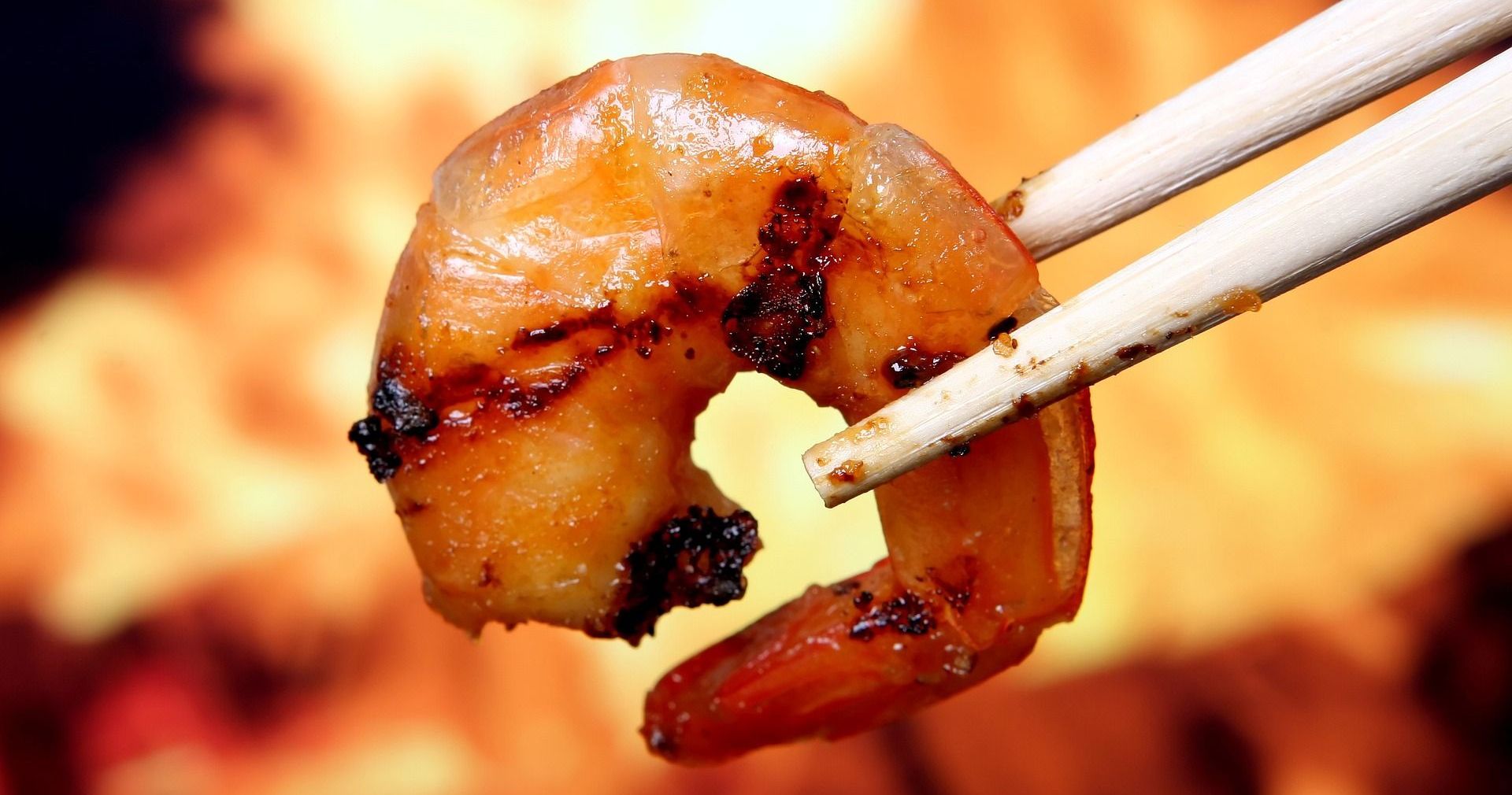From early autumn until the end of spring it's common that we get smaller amounts of daylight than during the summer months. If you ask their advice many nutritionists will suggest taking Vitamin D.
"Vitamin D is a fat-soluble vitamin that is key for the maintenance of minerals such as calcium and phosphorus," nutritionist and author of Re-nourish, Rhiannon Lambert, explained to The Independent. "It also helps absorb calcium which plays a vital role in forming and maintaining strong bones."
Our main source of vitamin D is the sun. Lambert says there are four main benefits of vitamin D:
- It helps absorption of calcium and phosphorus
- It strengthens bones
- It improves brain development and function
- It can reduce inflammation.
Although there are several vitamins and minerals we need to keep in our diet, having a vitamin D deficiency can lead to several serious health concerns including depression, muscle weakness and exhaustion.
The National Institutes of Health asserts that people from age five to 70 should have 600 international units (IU) of vitamin D a day, while those over 70 should should have 800.
Luckily there are foods that will give you the extra boost you need to keep your health at the top of its game.
1. Eggs
Along with being an excellent source of protein, one large egg has has 40 IUs and contains less cholesterol than foods with saturated fat.
Although some people tend to only eat the egg whites, the yolk is the part that has all the vitamin D nutrients. Just remember to eat them in moderation!
2. Mushrooms
For those who love adding mushrooms to their meals, this one's for you. When grown, some types mushrooms are able to convert UV light into vitamin D.
For best results, look for Portobello mushrooms at the supermarket, since some farmers purposely expose the mushroom to a flash of UV light to increase it's vitamin D content.
Typically one cup of mushrooms has 400 IU worth of vitamin D.
3. Fortified Milk
Survey your family and friends and they'll tell you milk is a drink that goes great with almost any meal. To make things even better, National Institutes of Health estimates that almost all milk in the United States is fortified with the nutrient, and an 8-ounce glass of milk has up to 100 IUs of vitamin D.
But if cow milk isn't your thing (or you're lactose intolerant), soy milk is also an alternative.
4. Salmon
For those who love fish, start stacking up on salmon. Along with having several benefits for your heart, a 3-ounce salmon fillet has 450 IU.
Another great way to incorporate this food into your diet is buy it canned and treat yourself to a salmon sandwich or mix it in your salad.
5. Shrimp
Not only is shrimp arguably one of the best tasting shellfish out there, it also has 152 IU for four ounces. It's also low in fat and has 152 mg of cholesterol per serving.
Although that number is considered high, studies shows that dietary cholesterol doesn't typically have an effect on your blood cholesterol levels.
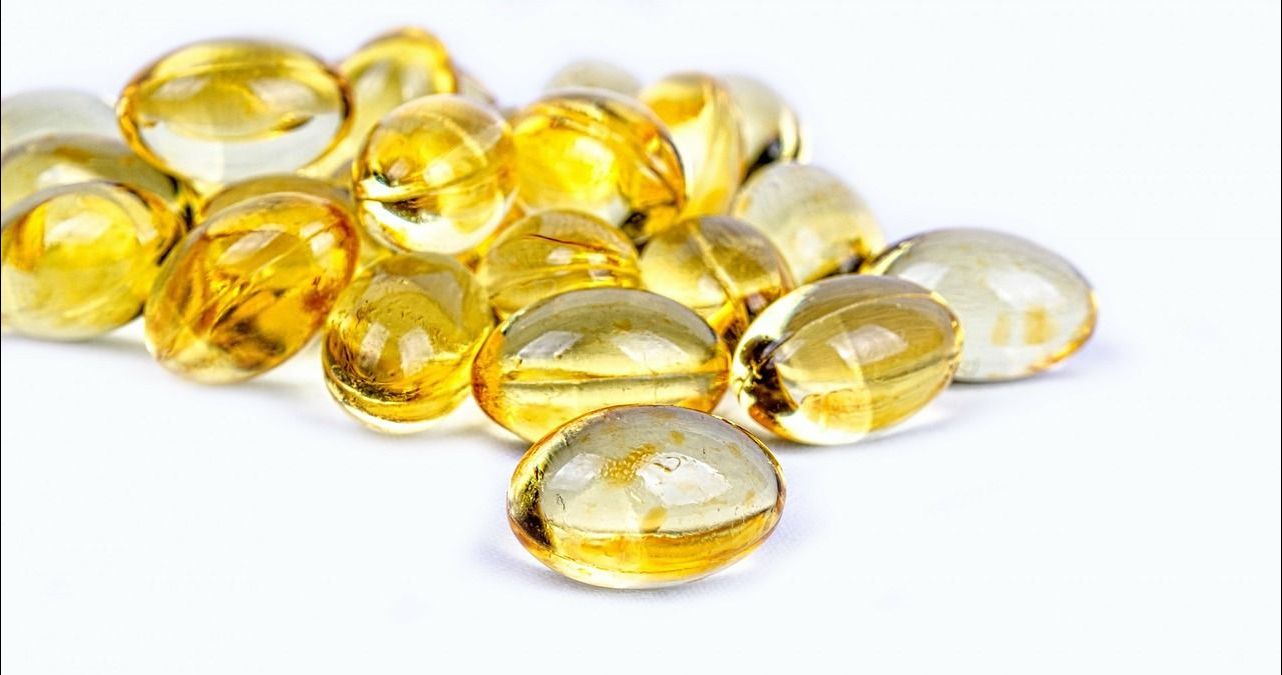
For those who aren't a fan of fish, taking a cod liver oil supplement is another way to obtain vitamin D. It has about about 450 IU per teaspoon and you can take them in capsules if the flavor isn't for you.
As an added bonus, this oil is also high in vitamin A and omega-3 fatty acids.
[H/T: Reader's Digest, Medical Daily, The Independent]


